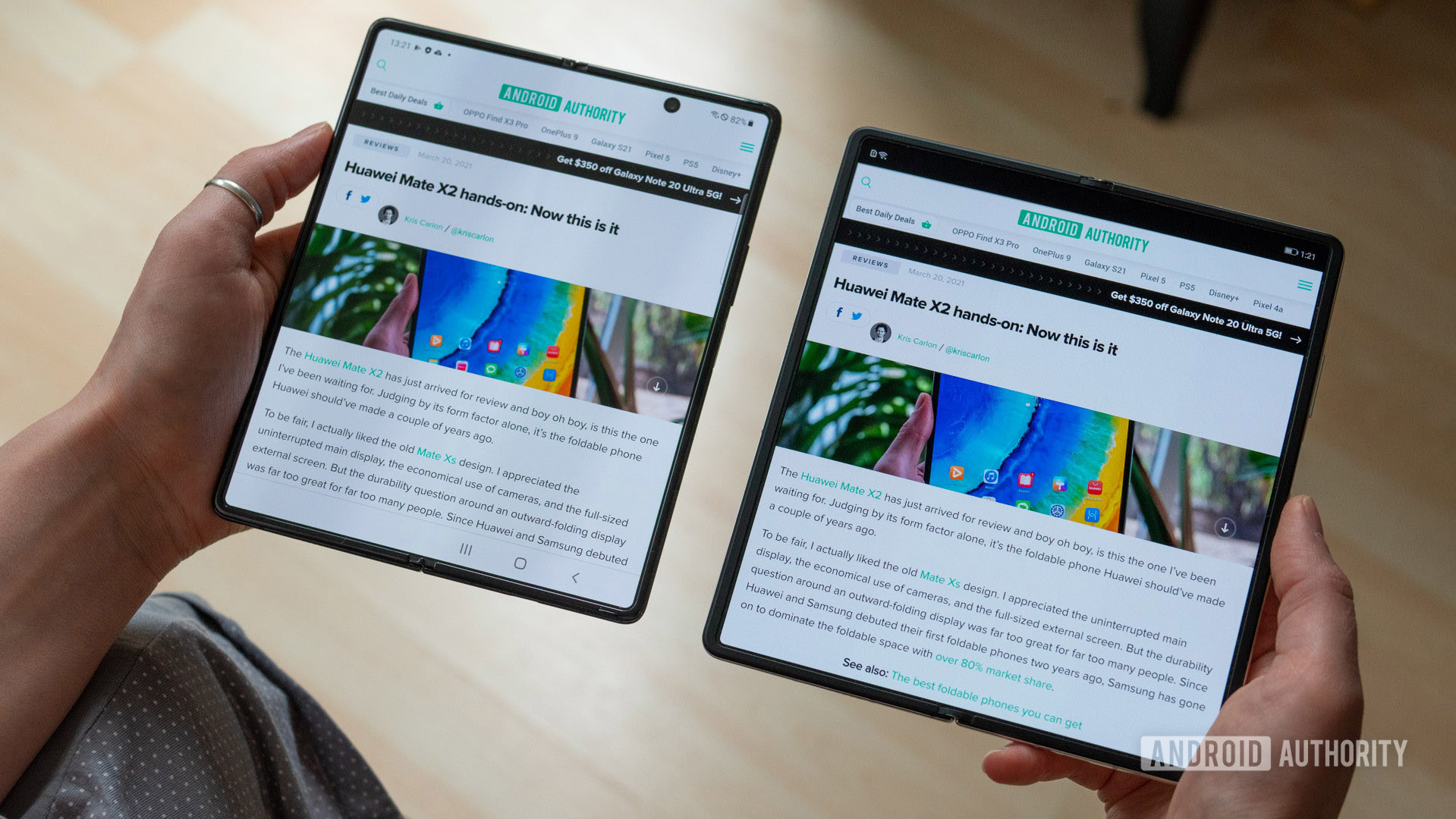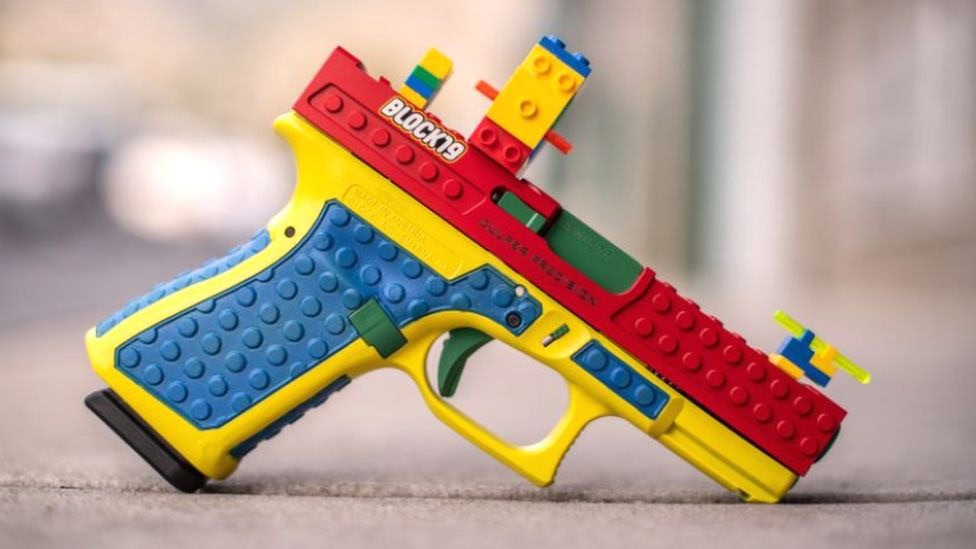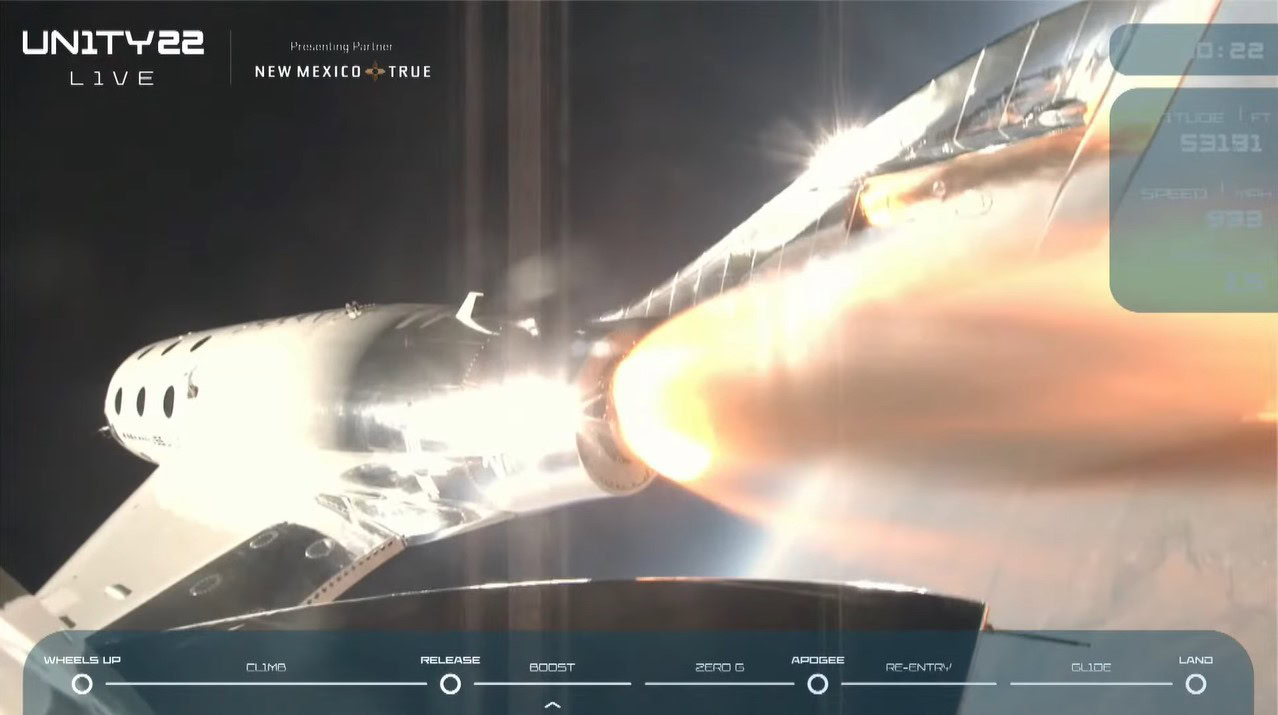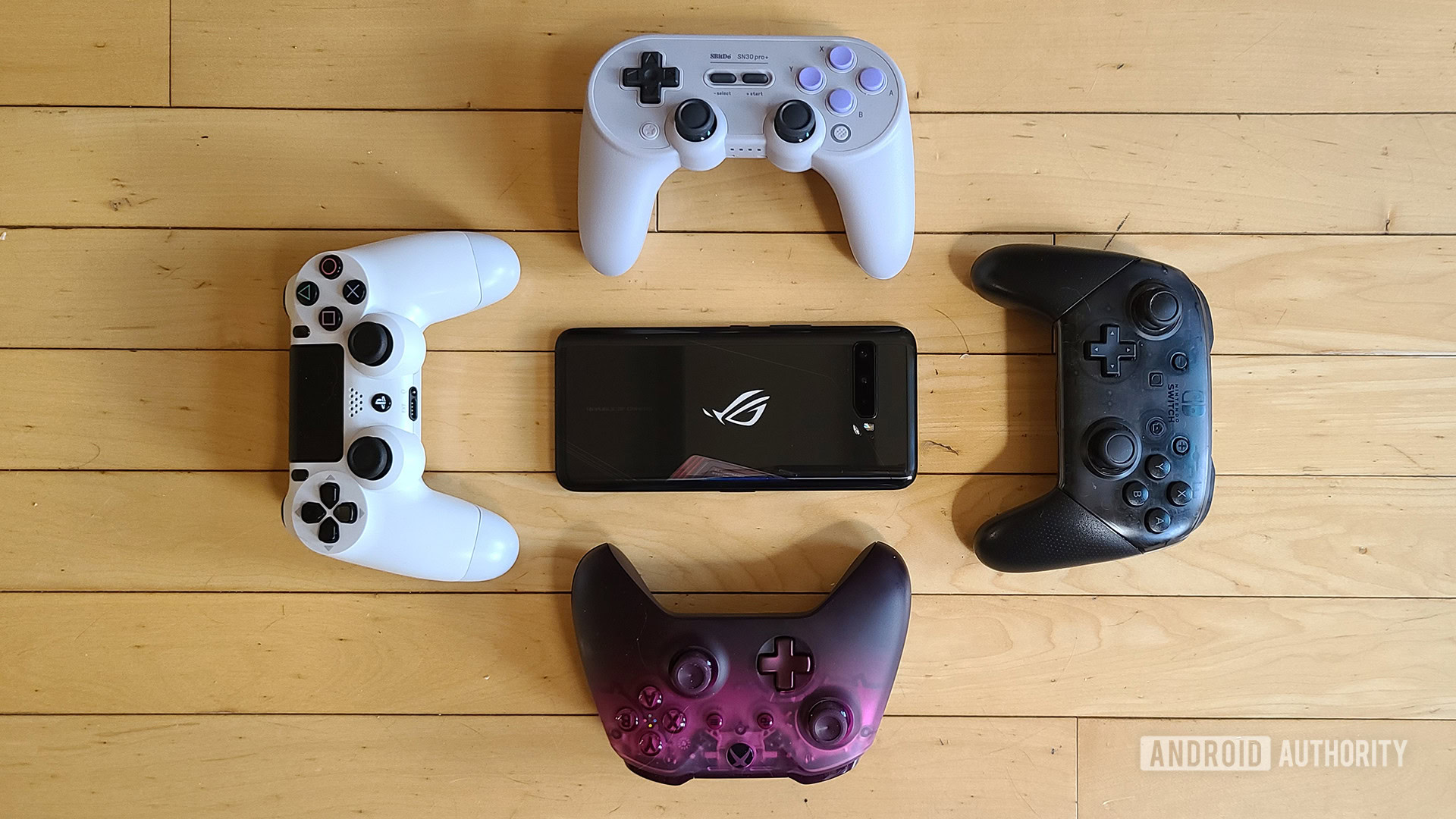Affiliate links on Android Authority may earn us a commission. Learn more.
👋 Nick here after a short reprieve (no Magneto powers, sadly). Tomorrow Tristan will be back for your regularly scheduled tech newsletter goodness.

The standard rectangle-glass-sandwich smartphone design is set for a major shakeup later this year as more companies enter the foldable phone market. Now, a new report from South Korea suggests that these models will come with a crucial feature: ultra-thin glass displays.
But before we get to the significance of that, here’s a quick rumor roundup of some of the foldable device announcements expected for Q3 2021 and beyond:
- Honor’s Magic Fold could feature an 8.03-inch inner display and a 6.54-inch outer screen.
- Xiaomi’s Mi Mix Fold successor is expected to launch before the end of the year, with an 8.01-inch internal display and a 6.52-inch external display.
- Vivo is reportedly developing a foldable for Q4 2021 with an 8-inch internal display and a 6.5-inch external display.
- Oppo is developing a slightly smaller 7.1-inch foldable with a 5.45-inch outer display, but it’s not expected until 2022.
- Google’s rumored folding device is still largely unknown, but it will reportedly at least have a 7.6-inch internal display. No word on an external display yet.
One common thread between all of these companies (except for Google) is that they’re all Chinese. Until now, Chinese foldables have all featured polyimide films (read: plastic) on their internal displays, which scratch easily and lack durability.
This was a major pain point that Samsung largely solved with proprietary ultra-thin glass (UTG) tech in the Galaxy Z Flip and Z Fold 2 devices launched in 2020.
- UTG is between 30 and 50 micrometers (or microns) thick, which is roughly the thickness of a strand of human hair.
- Two companies, Schott and Corning, provide the raw materials, with Samsung Display working the real magic into the process.
- Now, Samsung Display and China’s BOE will provide UTG tech to all of the companies mentioned above, which should significantly increase the quality of the devices.
- Most are reportedly working with Samsung Display, with Honor rumored to use a competing UTG tech from China’s BOE Display.
- As competition grows (particularly from China), we should see much cheaper folding devices hit the market.
- For reference, the best folding device currently, the Galaxy Z Fold 2, costs $2,000.
We may learn more about Samsung’s latest UTG technology when the Galaxy Z Fold 3 and Galaxy Z Flip 3 are announced later this month, but it has several benefits over pure plastic folding screens:
- Plastic scratches very easily. Even a fingernail can do lasting damage to the display.
- UTG displays in the past have had plastic coatings, which may scratch, but just on the surface.
- Glass displays also last much longer. Plastic films tend to break down over time.
- Optical quality is also enhanced. UTG displays avoid washed-out colors.
- Finally, they just feel nicer. It’s hard to quantify, but the added hardness of glass (even though it’s incredibly thin) makes for a better user experience.
🏃♂️ The Amazfit PowerBuds Pro go up for preorder tomorrow with fitness features like an integrated heart-rate sensor and cervical spine position sensors for the habitually sedentary. (Android Authority)
💻 Chromebooks and gaming don’t typically go together (unless you count Stadia), but this may change soon as an upcoming model will feature a dedicated GPU. (Android Authority)
🔞 Apple’s weather app hides the number 69 (nice) in its latest version. Some blame a rounding error, but I blame the anti-memers. (Android Authority)
💸 More legal troubles for Google, as France has fined the company the equivalent of $590 million for allegedly failing to negotiate deals with news publishers in “good faith.” (Android Authority)
💎 A durable Nokia smartphone is coming, but will it live up to the 3310? Advertisements claim you’ll never need a case, but toddlers everywhere will be the judge of that. (Android Authority)
📱 It looks like the Pixel 6 Pro name is out the window as Google accidentally mentioned (then removed) Pixel 6 and Pixel 6 XL names online. (Android Authority)
🙏 A new report suggests we can expect foldable phones from Google, Vivo, Xiaomi, and others later this year, all featuring the latest ultra-thin glass technology. (Android Authority)
📉 Apple’s App Tracking Transparency feature that allows users to withhold personal data from ad companies has apparently resulted in a 15-20% revenue drop for advertisers. (VentureBeat)
🚔 Facial recognition is a handy way to unlock your phone, but it’s clearly not quite there yet for law enforcement. Robert Williams tells his horror story of false arrest and detainment for 30 hours to Congress and demands change. (Vice)
🚗 When Donald Bone took his Tesla Model 3 into an official service center to fix leaking coolant, he was surprised with a $16,000 quote to fix it. He took it to an unofficial mechanic who fixed it for $700 using simple plumbing techniques. (Autoevolution)

Lego blocks are a beloved part of many people’s childhoods, which is why American company Culper Precision decided to create a functioning customized Glock firearm called the “Block19” that looks like it’s made of Lego.
Is it wildly irresponsible? Yes. Is it illegal? Maybe not.
As pointed out by BBC News, it’s illegal in the US to produce a toy that looks like a real gun, but it’s not explicitly illegal to create a gun that looks like a toy.
Still, Lego quickly issued a cease and desist letter, and the product has been removed from the gun manufacturer’s website.
Signing off,
Nick Fernandez, Editor

